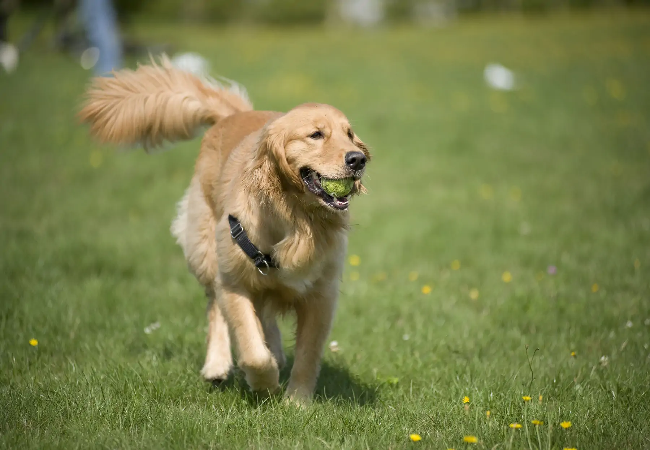Why Do Dogs Howl? Vet’s 2025 Guide to Canine Communication 🐶🔊

In this article
Why Do Dogs Howl? Vet’s 2025 Guide to Canine Communication 🐶🔊
By Dr. Duncan Houston BVSc
Hi—I’m Dr Duncan Houston BVSc, veterinarian and Ask A Vet founder. Howling is a powerful form of canine communication—rooted in wolf ancestry and still serving multiple functions today. In this vet‑approved guide, we’ll cover:
- Evolutionary reasons behind howling
- Common emotional and behavioral triggers
- How sirens and music provoke dogs
- When howling signals separation anxiety or physical pain
- When veterinary evaluation is needed
- Management tips to address unwanted howling
1. Ancestry: A Howl from the Wild
Dogs inherited howling from wolves—used to signal presence, rally the pack, strengthen social bonds, and defend territory. It remains part of their natural mode of communication.
2. Communication & Emotional Expression
- 🐾 Presence & greetings: Dogs howl to announce themselves, greet household members, or respond to other howls.
- ❤️ Social bonding: Joining your howl reinforces pack unity and emotional connection.
- 📣 Attention-seeking: Many pups howl knowing it gets your reaction—even if it's just “Quiet!”.
3. Sound-Triggered Howling
- 🚨 Sirens & alarms: High-pitched noises mimic other dogs howling. Dogs may respond out of confusion or territorial instinct.
- 🎵 Music & tunes: Instruments like flutes or bagpipes can trigger howls—another echo response.
4. Anxiety, Stress & Health Signals
- 💔 Separation anxiety: Lone dogs may howl persistently when owner leaves, often combined with pacing or destructive behavior.
- ⚠️ Fear or disorientation: Strange environments, noises, or cognitive dysfunction in older dogs may trigger distress howls.
- 🩹 Pain response: Sudden or unusual howling during injury or illness requires swift vet attention.
5. When to See a Vet
If howling is:
- Continuous and linked to separation → possible anxiety disorder.
- Sudden or painful sounding → could indicate a health issue.
- Triggered by cognitive or sensory decline → consider senior care screening.
Seek veterinary assessment if you notice additional signs like disorientation, pain, or changes in behavior alongside howling.
6. Managing Howling at Home
- 🎯 Ignore attention howls: Only reward calm behavior with attention or treats.
- 🧩 Provide enrichment: Interactive toys, scent games, and structured play can reduce boredom-driven howling.
- 🧘 Ease anxiety: Introduce calming routines, pheromone diffusers, or background white noise.
- 🧑🏫 Train “quiet” command: Reinforce desired silence with positive rewards and consistent cues.
📌 Final Thoughts from a Vet
Howling is a natural, ancestral behavior—effective in communication, expression, and bonding. But excessive or distress-linked howling may indicate anxiety or health concerns. By identifying triggers, using gentle training, enrichment, and seeking veterinary support when needed, you can understand your dog’s voice and ensure their comfort and well‑being. 🐾❤️






